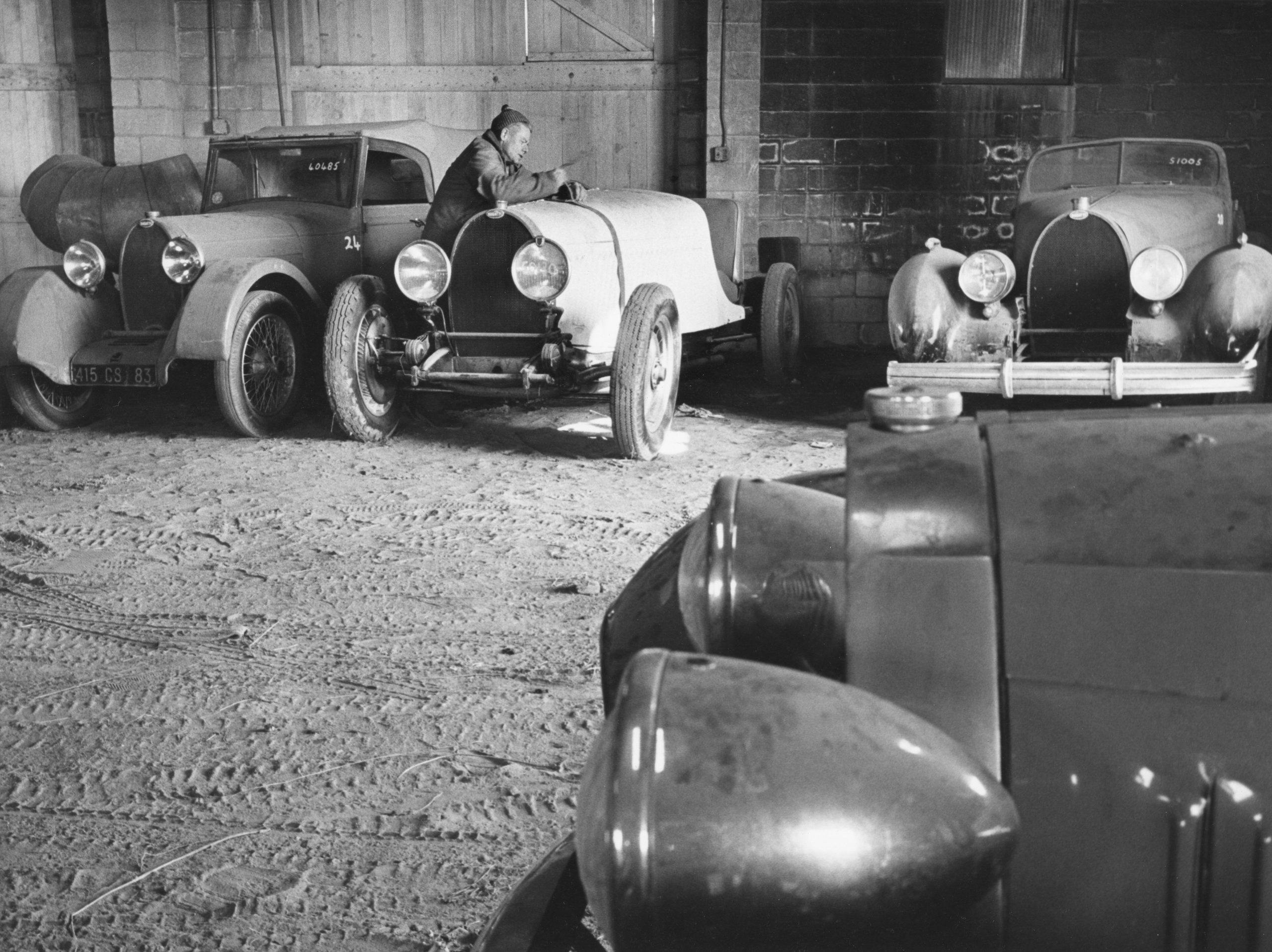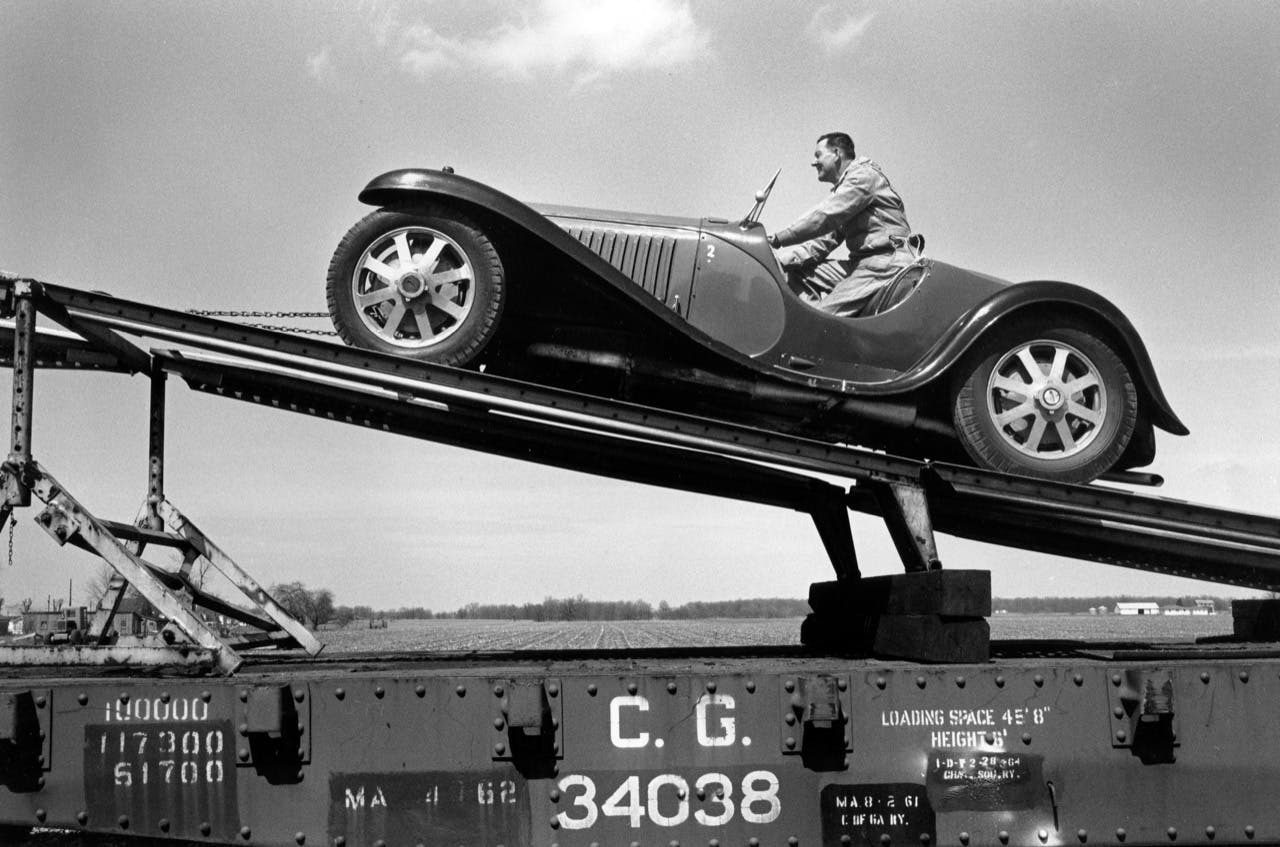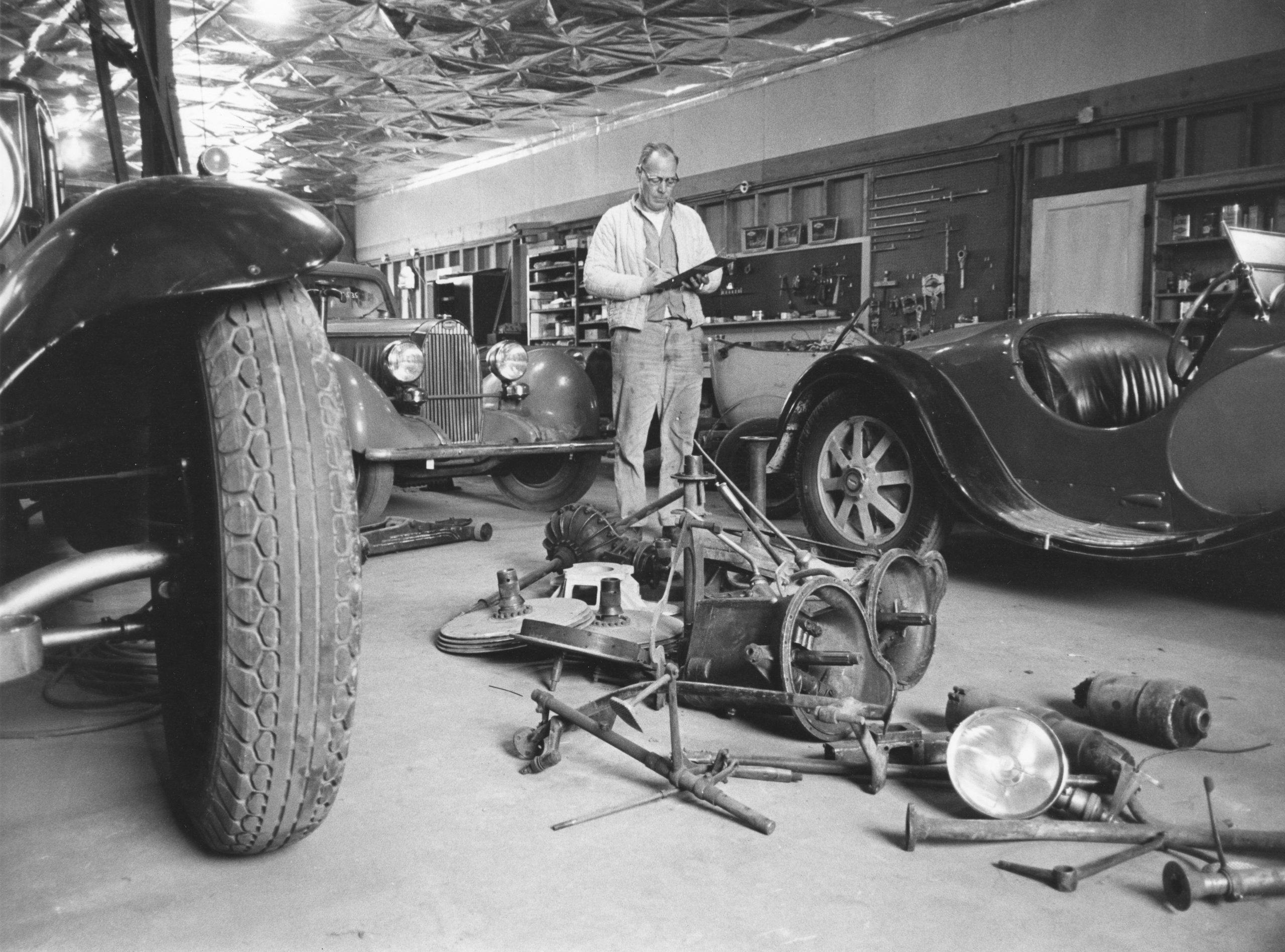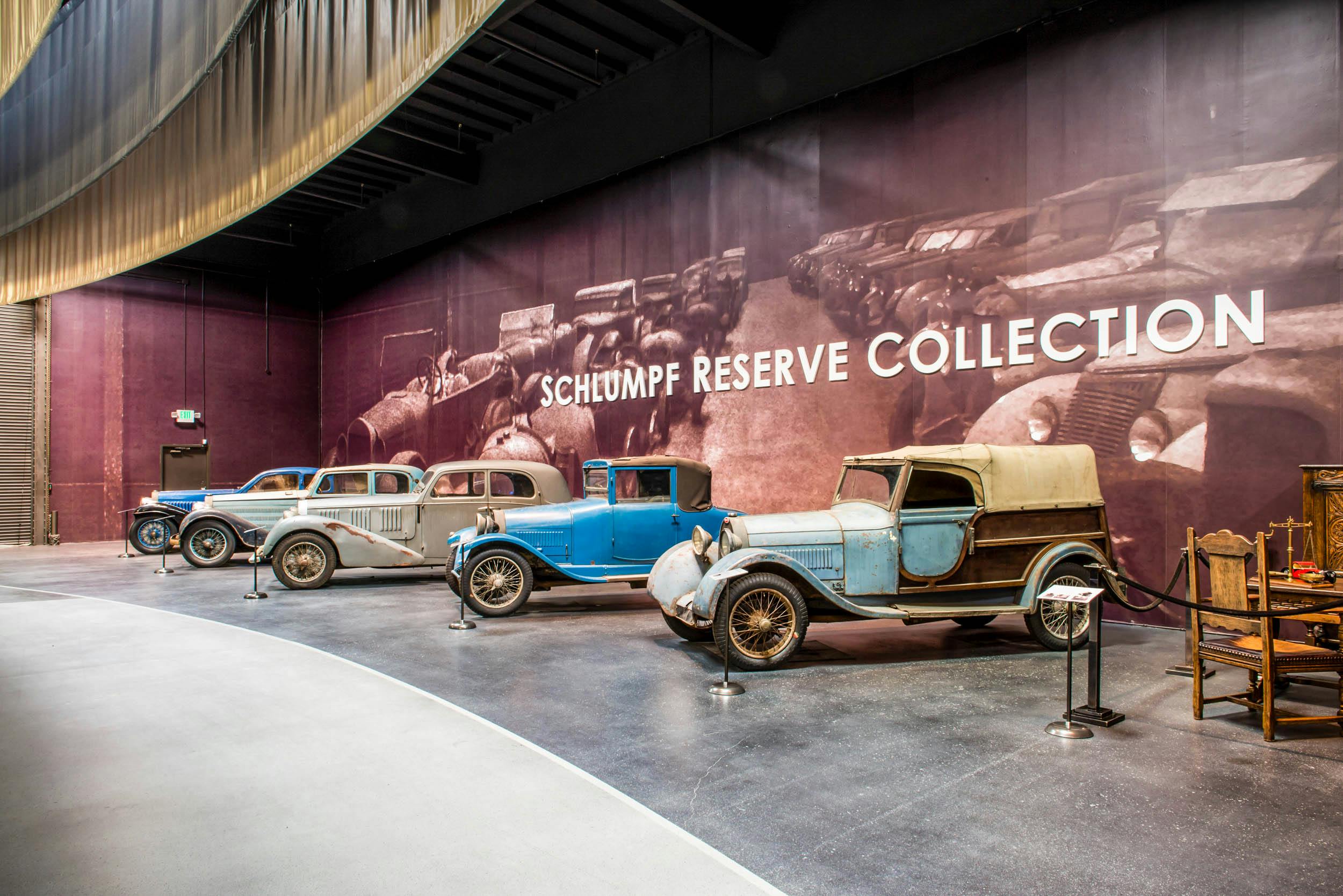Purchasing the biggest Bugatti collection on the planet
Hunting for original Bugattis might have been easier in the 1960s, but the $85,000 deal Fritz Schlumpf made in 1964 was no walk in the park. No matter, since spending what equals to roughly $720,000 today on 30 unrestored Bugattis still became a bargain in the long run.
Wool and textile industry pioneer Fritz Schlumpf bought his first Bugatti in 1928 at the age of 22. Since he raced it from time to time, Schlumpf kept in touch with the then Alsace-based Bugatti factory—so that, once the two Schlumpf brothers acquired a disused wool factory in Alsace in order to establish a museum, Fritz could go on a shopping spree. Starting from 1961, his goal was simple: to build the largest Bugatti collection on the planet.
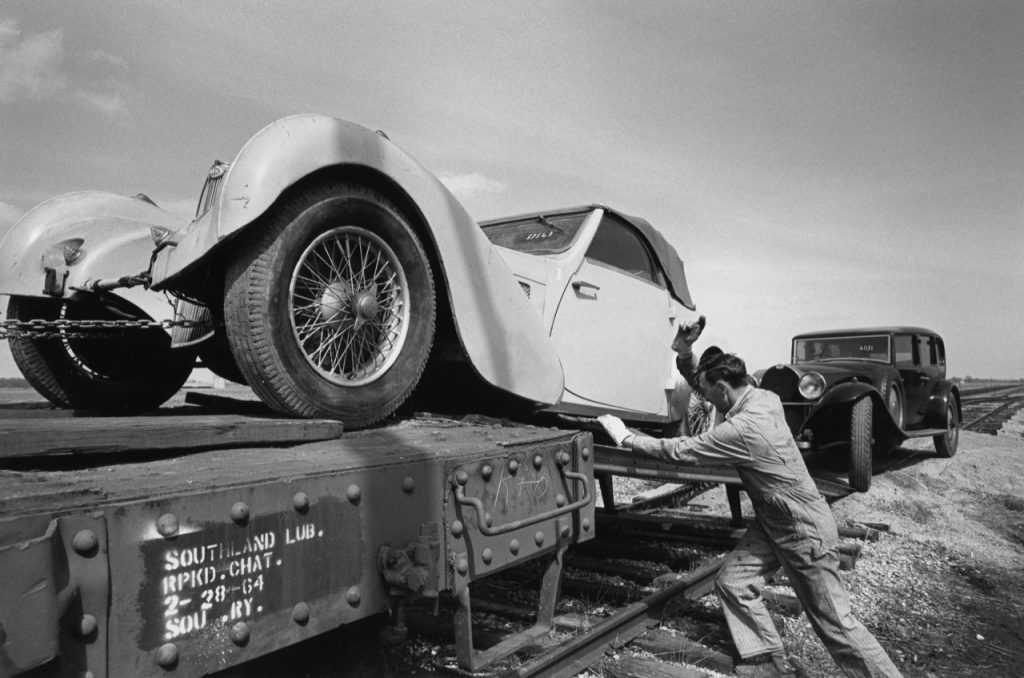
Sending letters was a big thing back then, and Schlumpf contacted Bugatti owners all over the world using addresses obtained from a register kept by Hugh Conway of the British Bugatti Owners Club. In 1962, it was Conway who put him in touch with American collector John W. Shakespeare from Hoffman, Illinois.
Shakespeare started collecting Bugattis in the 1950s, selecting as his first purchase a 1932 Bugatti Type 55. He went on to acquire the third and last customer Type 41 Royale Park Ward, twelve Type 57s, three Type 55s, and even Ettore Bugatti’s personal Type 56 electric car made in 1931. With a total of 30 Bugattis under his roof, John W. Shakespeare of Illinois became the biggest Bugatti hoarder in the world.
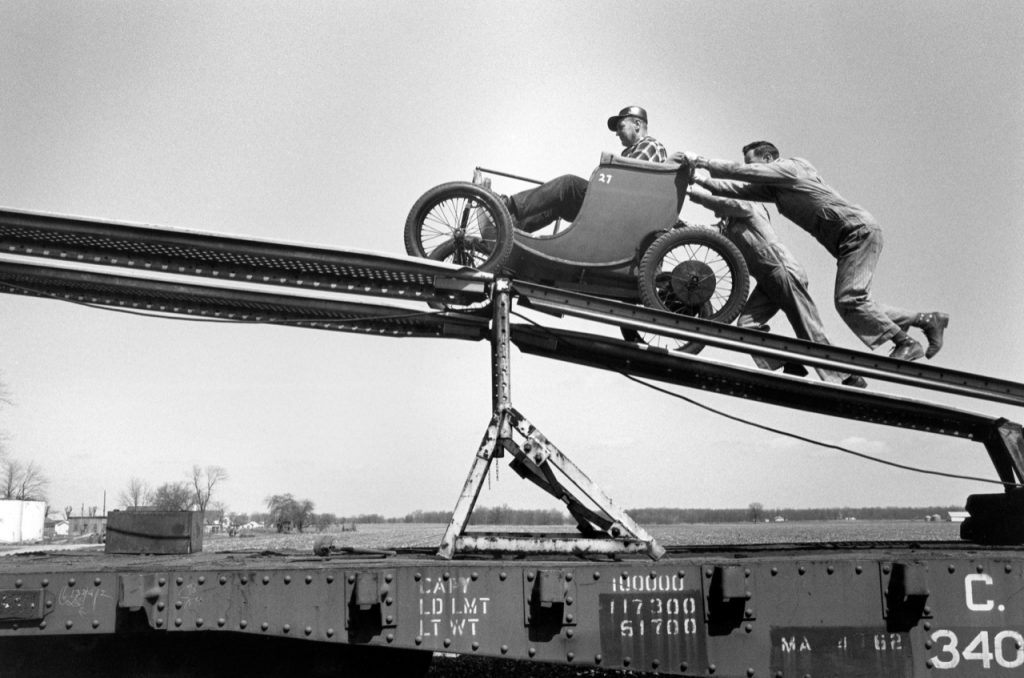
Since Fritz Schlumpf was after the same title, he offered Shakespeare $70,000 for the whole lot in 1963. The American demanded $105,000 instead. In case you’re wondering about that figure, Bugatti connoisseur Bob Shaw had this to say about the Illinois collection:
“Most of the cars are kept in a part of the building with a dirty floor, broken windows, leaking roof and nesting birds. Every car is in some state of disrepair and none of them have been running for at least 18 months.”
The expert went on to advise the textile millionaire against the purchase, but thanks to Schlumpf’s relentless commitment, and following plenty of heated negotiation, Mr. Shakespeare settled at $85,000—including the cars’ transport to France.
On 30 March 1964, 30 Bugattis left Illinois on a Southern Railway open train heading for New Orleans, where they would be loaded onto a Dutch cargo ship. A few weeks later, the freighter reached the French port of Le Havre, where Fritz Schlumpf awaited. The Schlumpf Museum waited until 1965 to issue a short press release about the Bugattis’ return—only never officially open to the public. In the 1970s, the Schlumpf brothers went into some financial trouble and fled to Switzerland, while most of their Bugattis ended up in the Cité de l’Automobile national museum in Mulhouse, a collection home to 400 rare automobiles including around 100 Bugattis. Of the two (out of six total) Type 41 Royales kept in Alsace, one is the Park Ward-bodied Schlumpf.
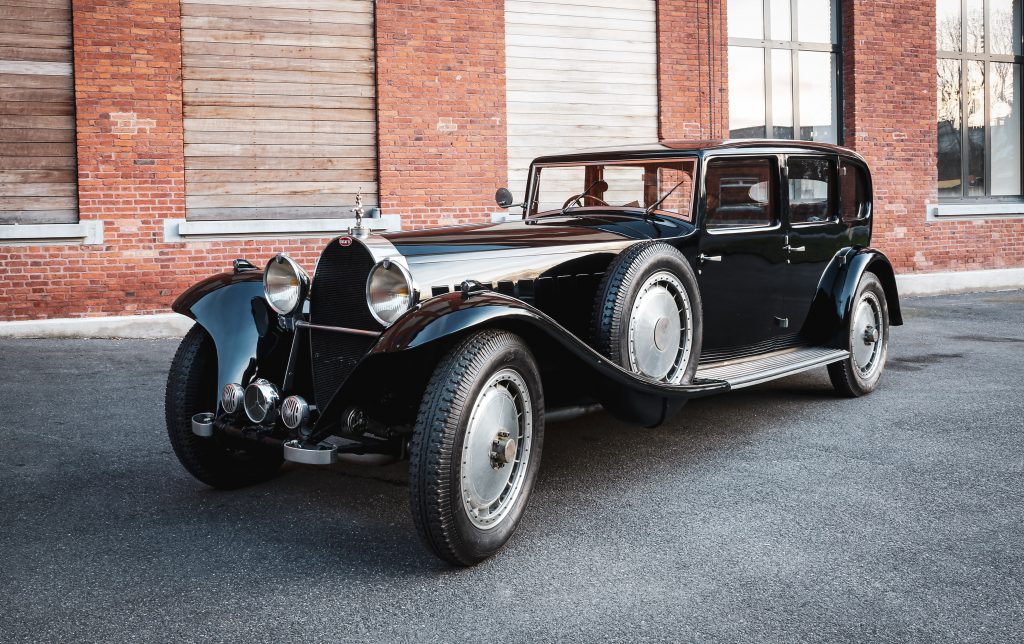
However, you don’t need to fly to France to see unrestored gems originating from the Shakespeare barns. California’s Mullin Automotive Museum is also home to at least five of them, filed under the Schlumpf Reserve Collection. See you in Oxnard!

